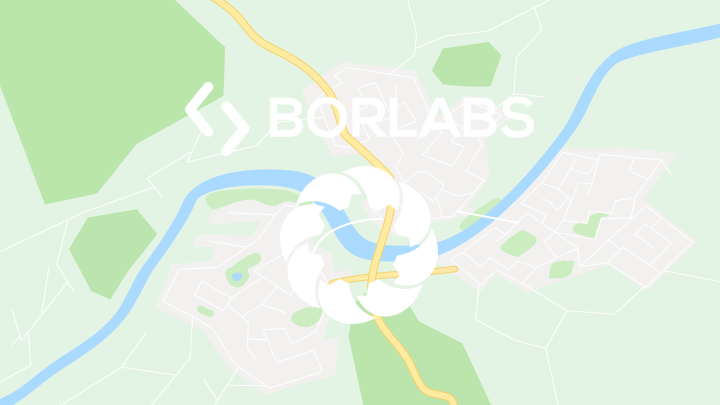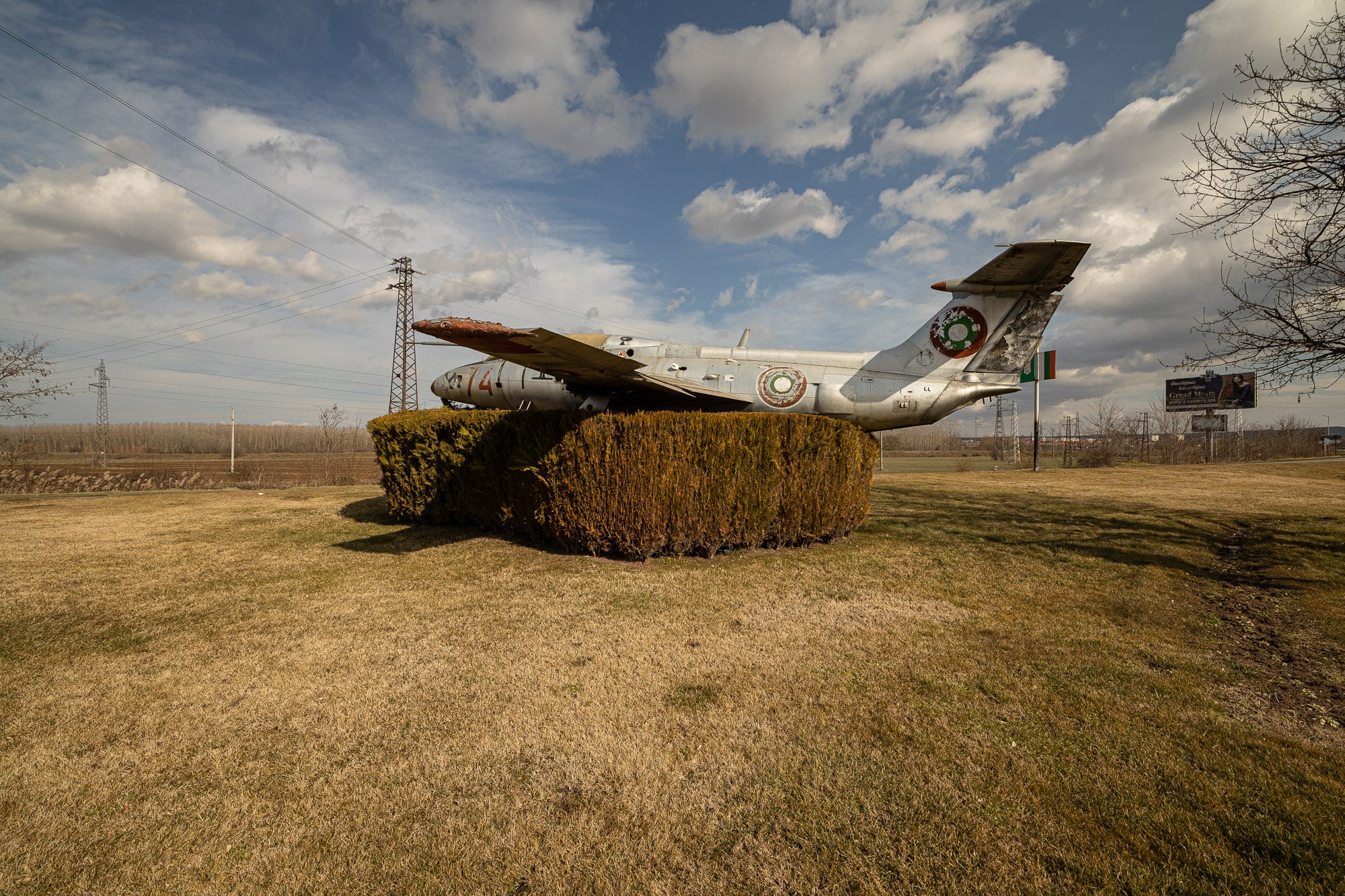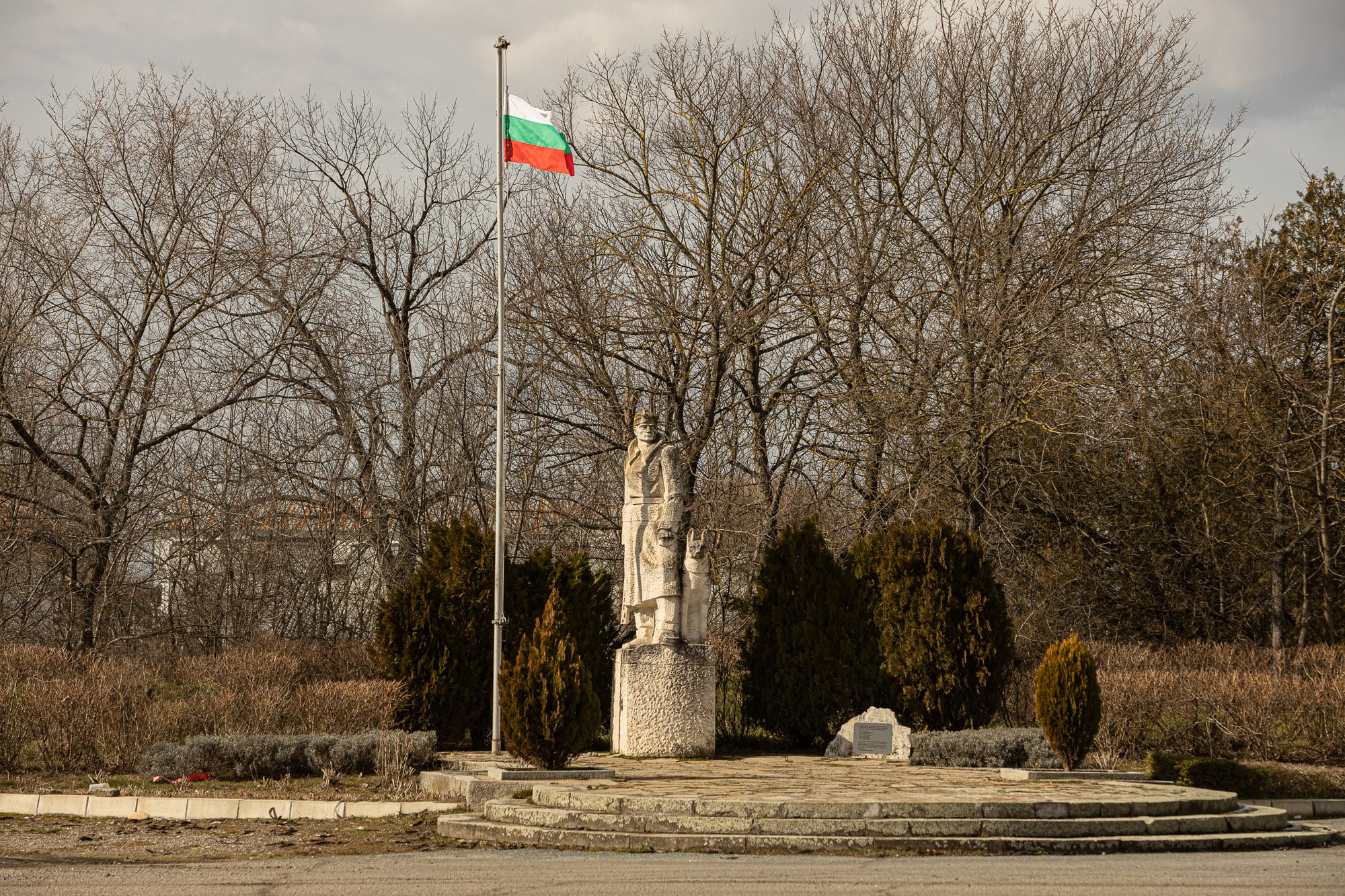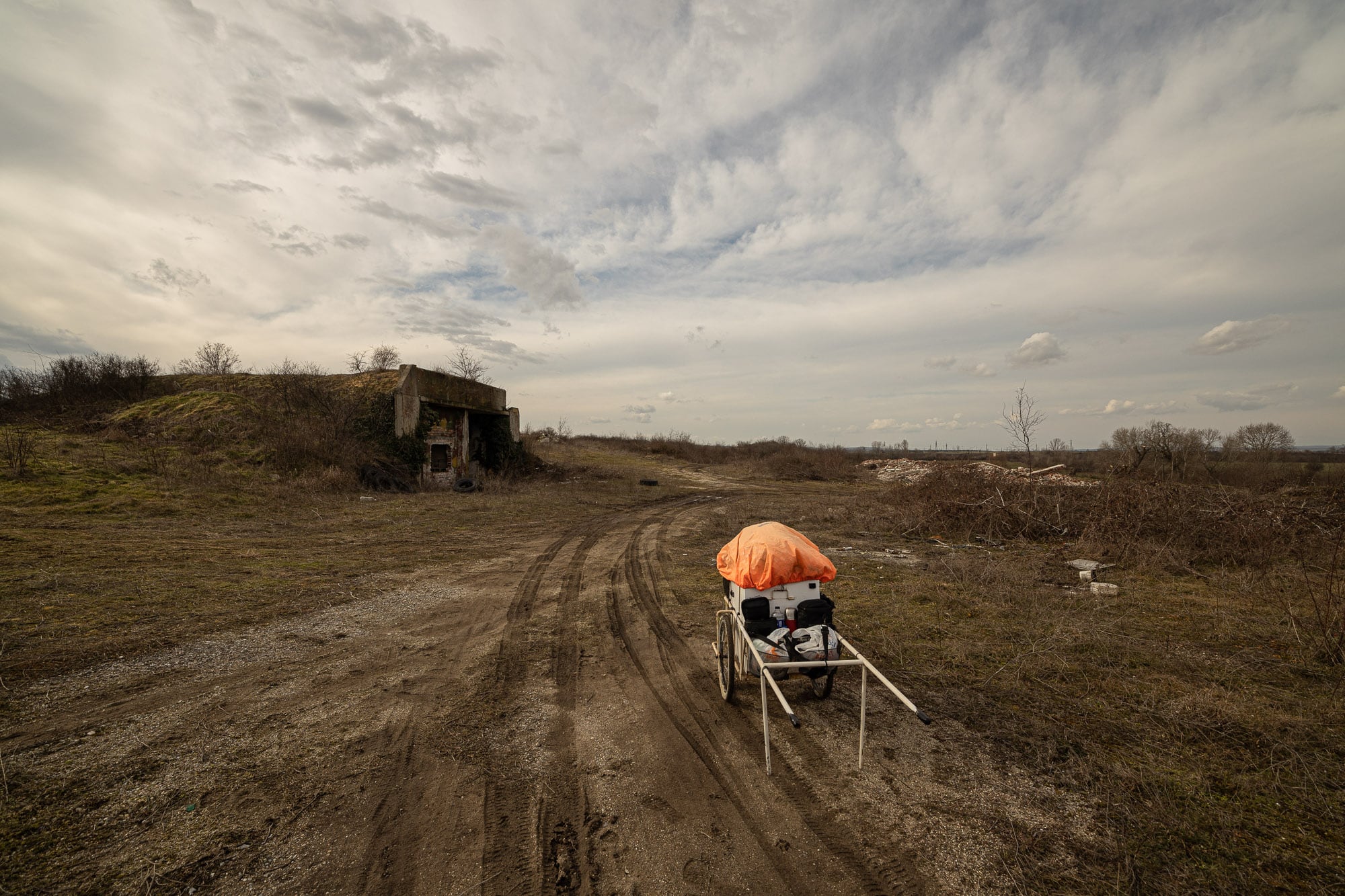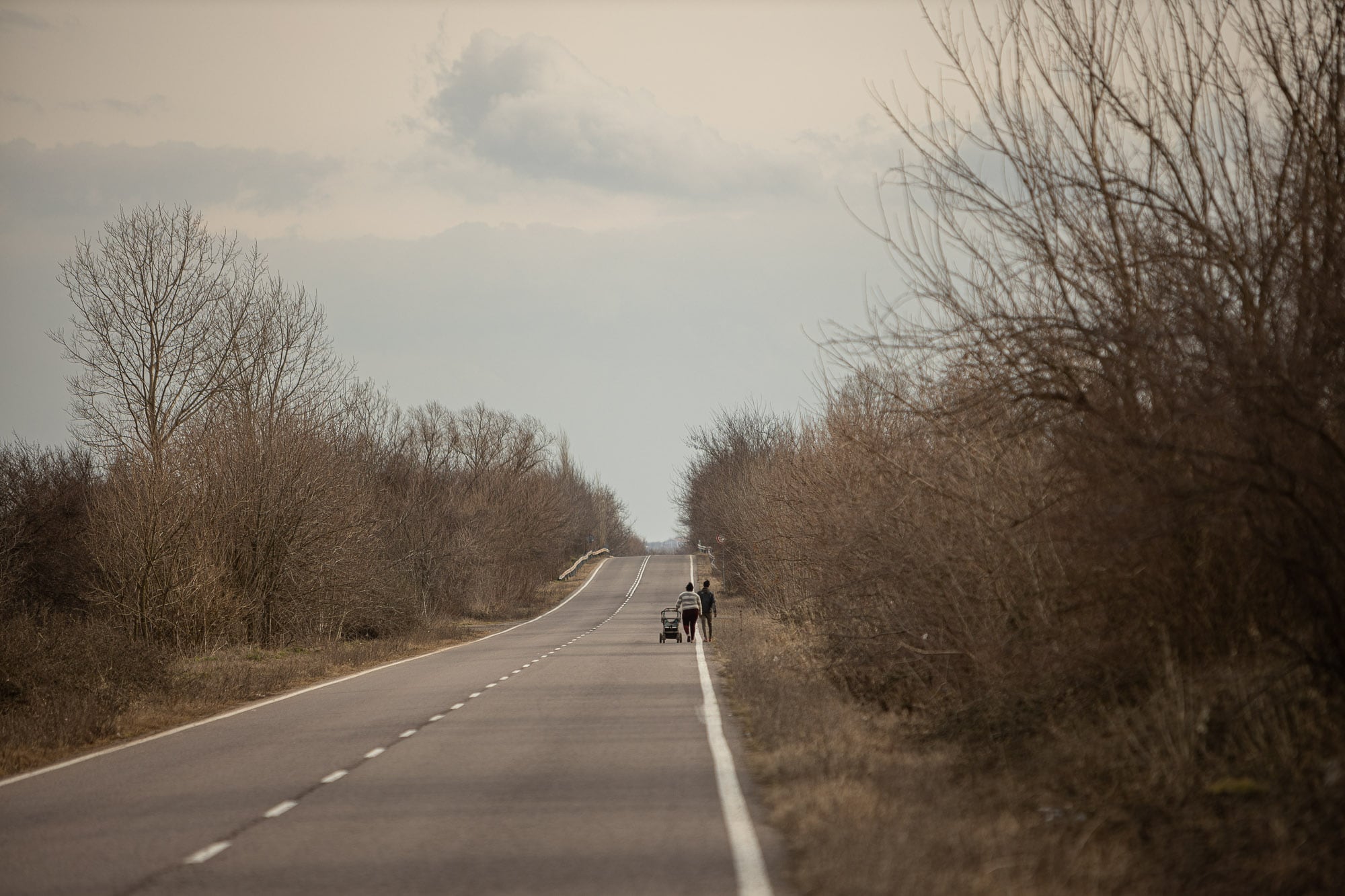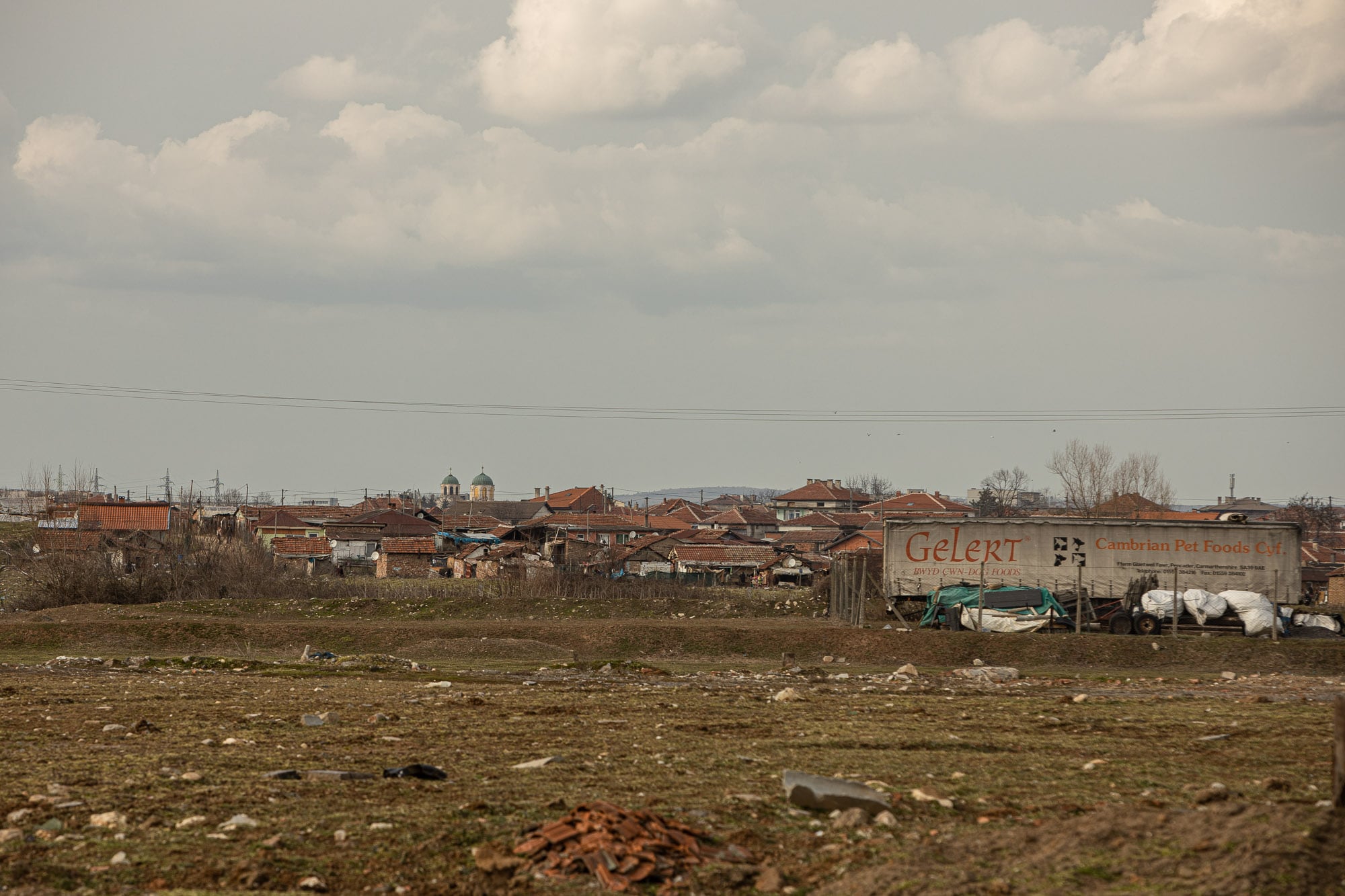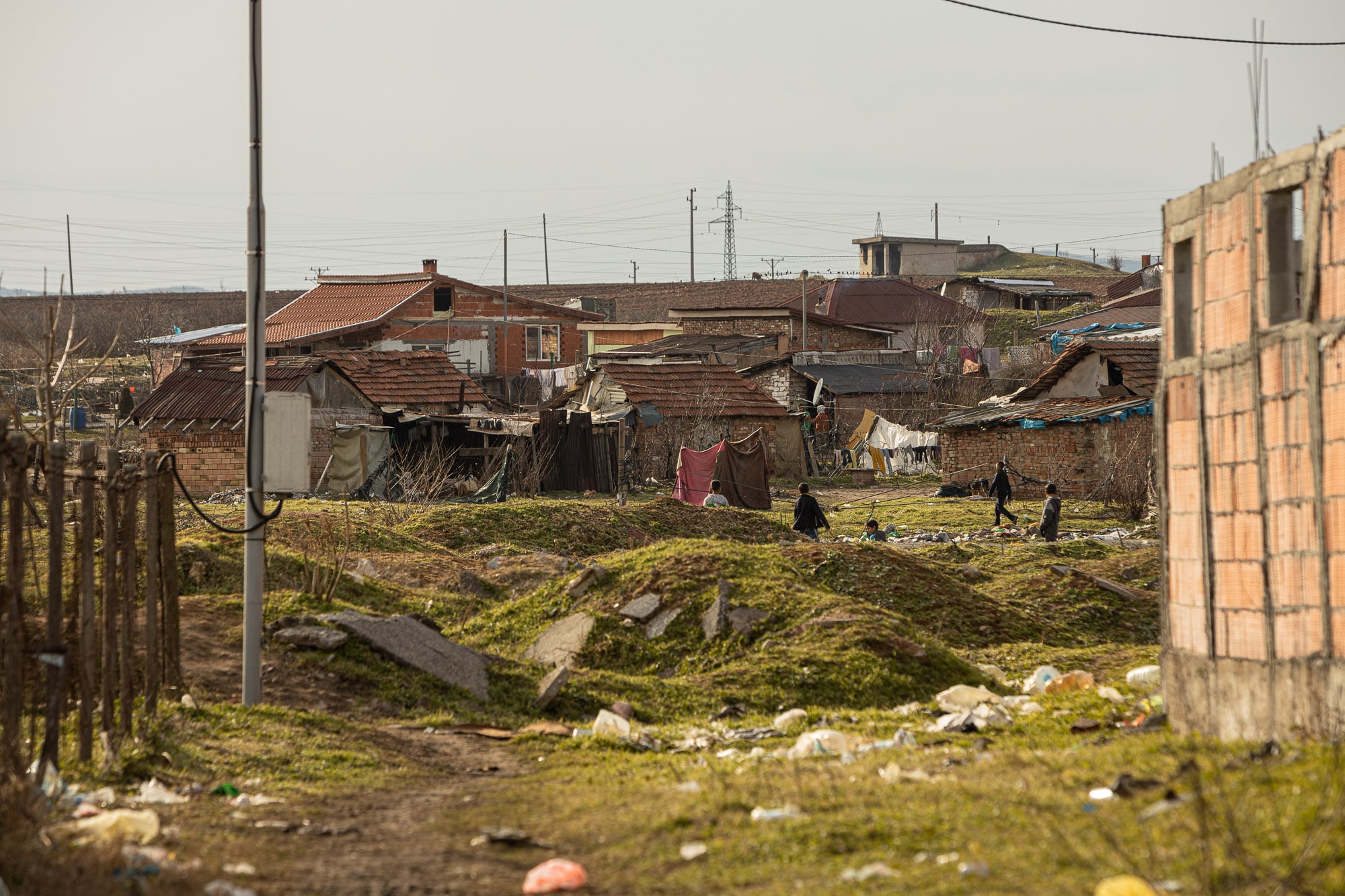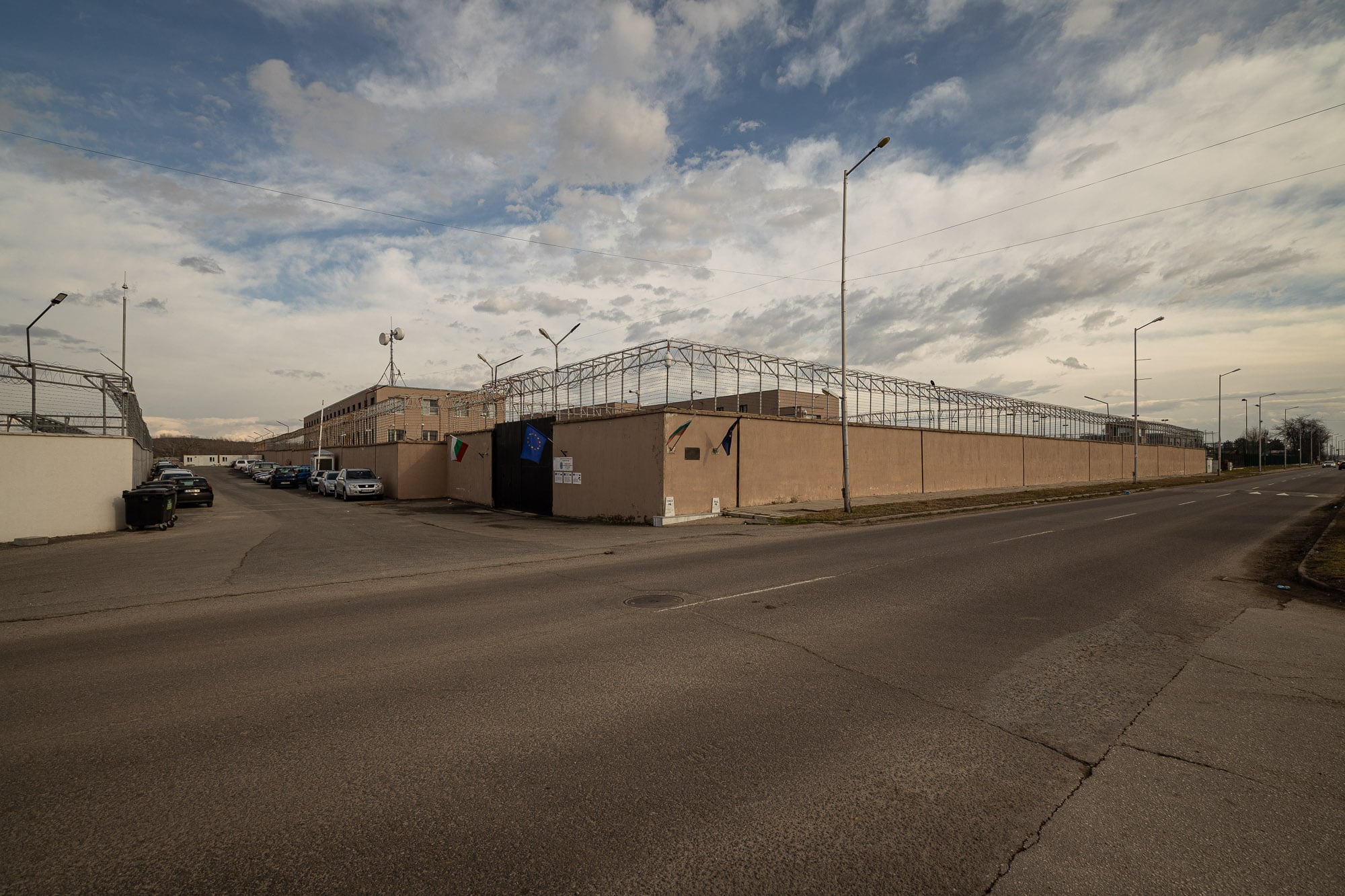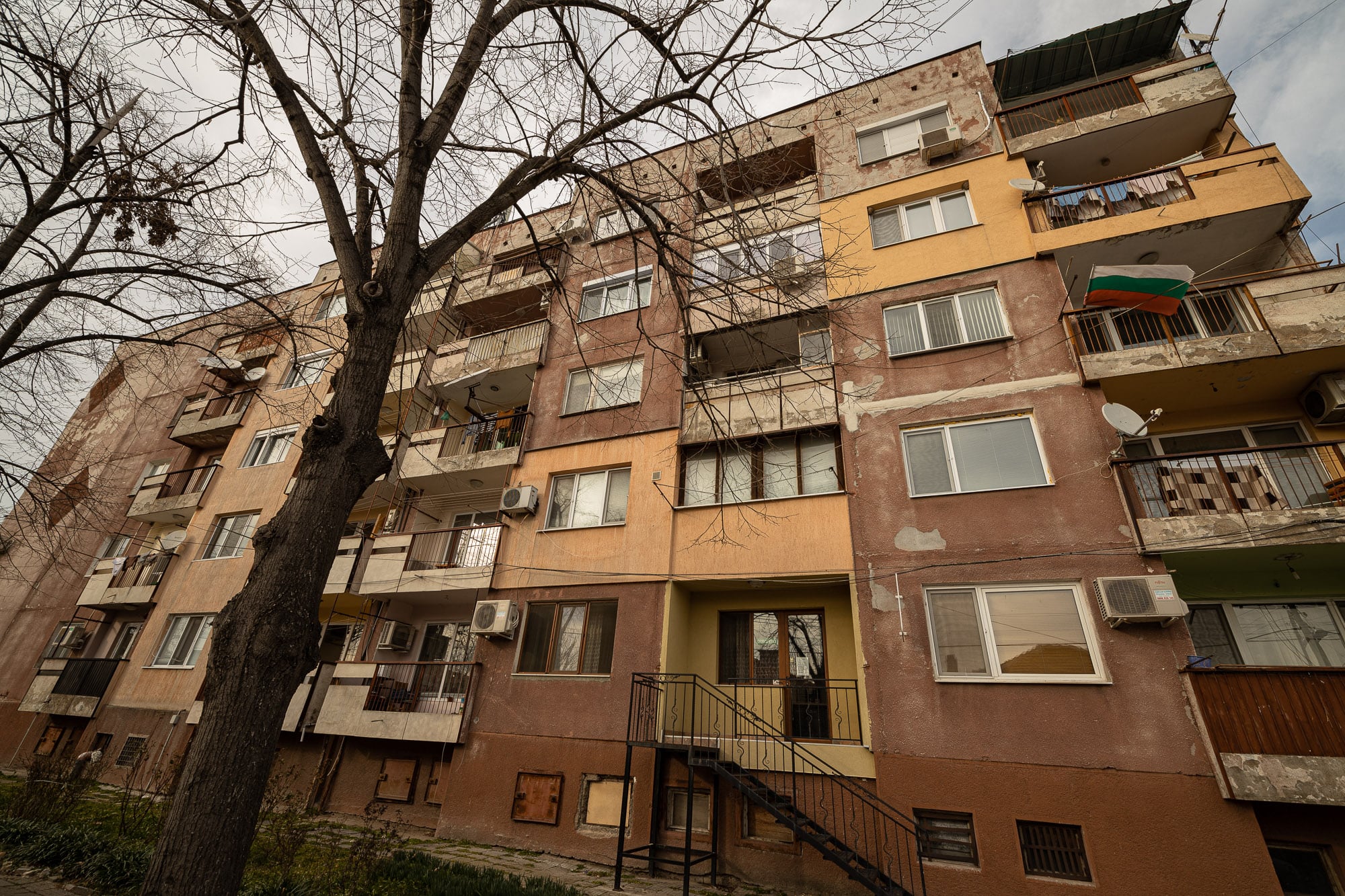really a prison
This post is about a 17km walk from Svilengrad to Lyubimets. I cross a historical Turkish bridge and see my first refugee camp.
And then I walked. It was a warm day, and I took off my hat and my gloves and opened my jacket. I crossed the historical Old Bridge in the center of Svilengrad. It was from 1529, and it was just as Turkish as the other bridges I had seen before in Edirne and Istanbul.
ruins
Then I was on the country road. It didn’t really have a shoulder to walk on, but luckily there wasn’t much traffic. One time I ventured a bit off the road and up a hill because I wanted to find a place to rest. The area I found looked post-apocalyptic. There were big concrete structures, some of which had been built into the hills, and they were all in ruins. I saw some car parts scattered here and there. I chose not to hang around.
It wasn’t far from Svilengrad to the next town. When I reached Lyubimets in the afternoon, the first thing I saw was something akin to a slum: makeshift houses, trash everywhere. A bunch of children came running in my direction and wanted to talk with me, but we didn’t understand each other at all.
for foreigners
Then I saw the walls, the barbed wire, and the watchtowers. A prison? Right here, next to the road, at the beginning of the town? But no, there was a sign with the flags of the European Union and Bulgaria. The sign said that this place had been financed by the EU, and that it was a place for foreigners.
I waited until a courier truck appeared and the gate opened. A lady came out and took a parcel from the courier. I asked her what this place was.
“A place for foreigners,” she answered.
I am a foreigner, I said, is it a place for me?
“No, it’s for people without a passport.”
And how many people without a passport are in here?
“About 300.”
what words mean
I checked into a small hotel and asked the lady at the reception about the things I had seen. The EU-funded place was a refugee camp, she said, but it was really a prison. The people in there were never allowed to go outside. They were criminals from Iran, from Israel, from everywhere.
And the slum that I had seen at the beginning of Lyubimets was inhabited by gypsies. She laughed when I suggested to refer to them as Romani.
pictures
The Old Bridge of Svilengrad:
Roadside airplane exhibit:
Monument with the Bulgarian flag:
Ruins:
More ruins:
Country road from Svilengrad to Lyubimets:
The messy beginning of Lyubimets:
Slum of Lyubimets:
Refugee Camp of Lyubimets:
Downtown Lyubimets:
